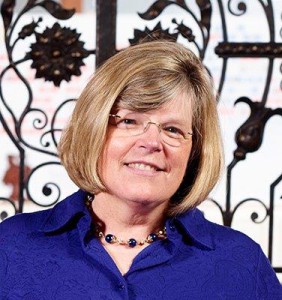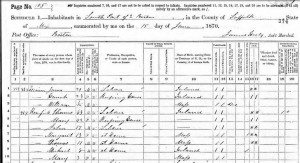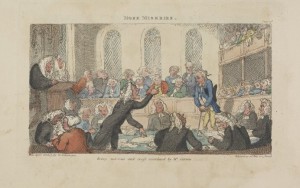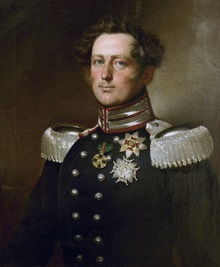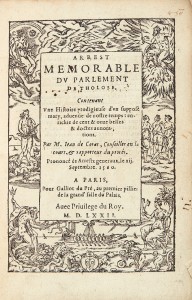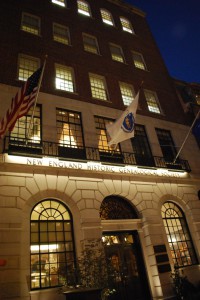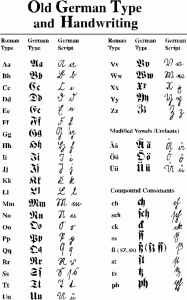 While searching for online records for Bremen, Germany, I came across a digitized collection of Bremen address books spanning the period 1794–1955 with the help of the website German Roots. The Bremer Adressbücher 1794-1955 (Bremen Address Directories) database has been digitized by the State and University Library of Bremen, and can provide a wealth of information about your Bremen ancestors that might not be found in American records.
While searching for online records for Bremen, Germany, I came across a digitized collection of Bremen address books spanning the period 1794–1955 with the help of the website German Roots. The Bremer Adressbücher 1794-1955 (Bremen Address Directories) database has been digitized by the State and University Library of Bremen, and can provide a wealth of information about your Bremen ancestors that might not be found in American records.
These directories can be browsed by surname and street number, like the city directories published for Massachusetts. The website and the directories are both in German, but you can use the Google page translator function on your browser or simply open a second tab to Google Translate for words that you need help deciphering. Once you begin attempting to translate the actual record, it can be helpful to keep handy a chart of German letters and common abbreviations such as the one at left.[1] Continue reading Navigating German language records
